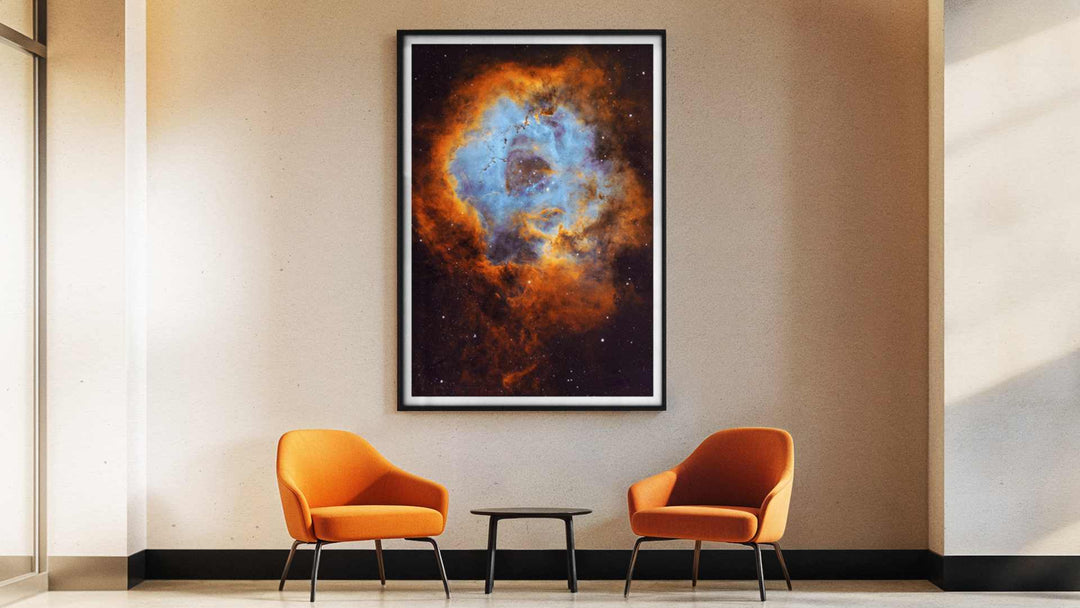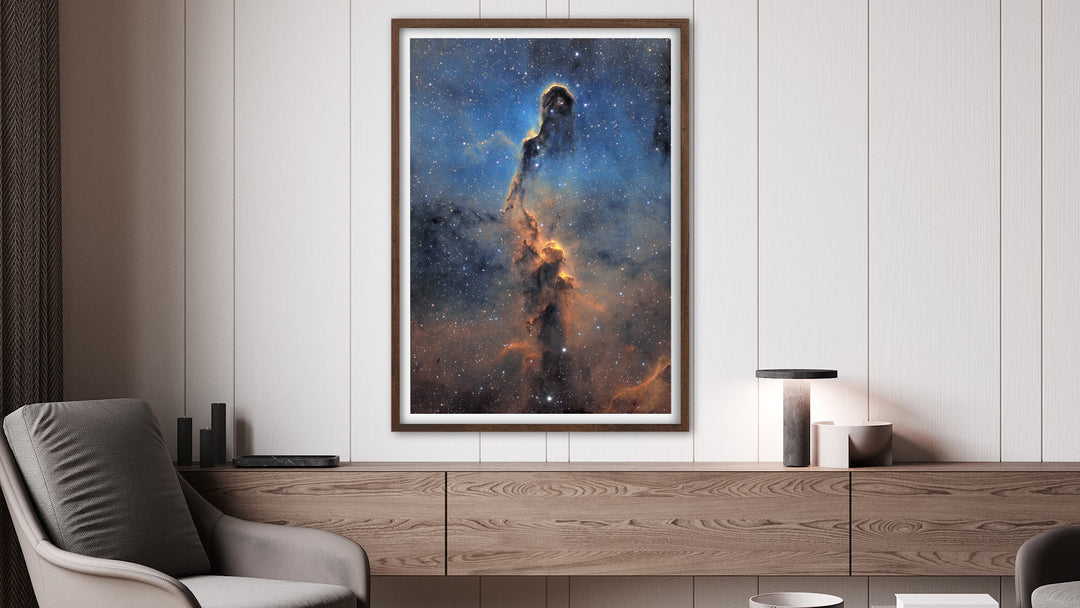Łukasz Remkowicz: Milky Way Arc Above Mauna Kea Observatories - Where Science Meets the Cosmos
At 13,803 feet (4,200 meters) above sea level, above 40% of Earth's atmosphere, thirteen telescopes stand sentinel on Mauna Kea's summit. Their combined light-gathering power exceeds the Palomar telescope by fifteen times. Their scientific output surpasses any other astronomical site on Earth.
Polish astrophotographer Łukasz Remkowicz traveled to this sacred mountain—Mauna O Wakea, Mountain of the Sky Father—to capture what few visitors can manage: a panoramic portrait of humanity's cosmic ambition crowned by the galaxy itself.
The result? AstroBin Image of the Day and TOP 10 in the Astrophotography Prize 2025 Astrolandscape category. Double recognition for an image that required 4.5 hours of exposure, altitude acclimatization at near-freezing temperatures, and the technical execution of an 18-panel RGB + 3-panel H-alpha mosaic.
This is more than a picture; it's a testament to the human drive to explore and understand.
The Mountain That Touches Space
Mauna Kea rises 33,000 feet from the Pacific Ocean floor—Earth's tallest mountain when measured base-to-summit. Its peak stands above 40% of the atmosphere, isolated in the middle of the Pacific, far from city lights, protected by a tropical inversion cloud layer that keeps the summit air pure, dry, and exceptionally stable.

The statistics are staggering: median seeing of 0.43 arcseconds at some sites, extremely low humidity, 300+ clear nights per year, low atmospheric turbulence. It's why eleven countries invested over $2 billion to build observatories here. It's why astronomers discover exoplanets, map distant galaxies, and probe the edge of the observable universe from these domes.
But reaching the summit comes at a cost. Remkowicz experienced it firsthand: the 30-minute drive from the Visitor Center at 9,200 feet to the 13,803-foot summit, the immediate altitude effects—dizziness, weakness, labored breathing. At this elevation, your body has 40% less oxygen than sea level. Simple tasks become exhausting. Decision-making becomes impaired. Studies show 30% of tourists and 69% of astronomy staff develop altitude sickness symptoms here.

Yet Remkowicz persisted. As temperatures hovered near 0°C (while sea-level Hawaii basked in 86°F warmth), he set up his portable Star Adventurer mount, loaded his modified Canon EOS R, and began the 4.5-hour imaging session that would produce this award-winning panorama.
The Milky Way's Hidden Architecture
The arc stretching across the frame isn't just pretty—it's scientifically accurate documentation of our galaxy's structure. You're seeing the Milky Way from inside it, looking toward the galactic center 26,000 light-years away, then following the spiral arms as they sweep overhead.
On the right side, that vibrant cloud of blue, yellow, and deep red? The Rho Ophiuchi complex—one of the closest star-forming regions to Earth at just 460 light-years. It spans 4.5° × 6.5° on the sky and contains about 3,000 solar masses of gas and dust at temperatures of 13-22 Kelvin.
This is where Remkowicz's technical execution shines. Standard cameras suppress deep-red hydrogen-alpha (H-alpha) emission at 656.3nm—the wavelength emitted by ionized hydrogen in stellar nurseries. But Remkowicz captured this panorama using both a modified Canon EOS R (enhanced H-alpha transmission) and an unmodified body, then added dedicated H-alpha narrowband data.
The result? You see the Rho Ophiuchi complex as professional astronomers do: IC 4604 reflection nebulosity in blue (starlight scattered by dust), emission regions glowing red from hydrogen, dark molecular clouds where new stars condense from cold gas. You see the colorful interplay of stellar types—hot blue stars ionizing surrounding gas, cool red giants, the full temperature range of stellar physics written in light.

Technical Specifications
- Location: Hawaii, USA
- Camera: Canon EOS R (modified and unmodified)
- Lens: Sigma Art 28 mm
- Mount: Sky-Watcher Star Adventurer
- Exposure Details: RGB—18 panels, ~5 frames each at 120 s; H-alpha—3 panels, ~20 frames each at 210 s
- Total Integration Time: about 4.5 hours
Awards
- Astrobin: Image of the Day
- TOP10 Astrophotography Prize 2025 — Astrolandscape
The Astrography Standard: Only the Extraordinary
We believe that some images are more than just images.
They are stories. They are art. They are inspiration.
At Astrography, we are dedicated to finding these extraordinary pieces.
We sift through countless photographs to curate a collection of only the most compelling, award-winning astrophotography. "Milky Way Arc Above Mauna Kea" is a prime example—a technically flawless, artistically breathtaking image that tells the story of our place in the universe.
For the Visionary, the Explorer, and the Connoisseur
-
For the Art Collector: Own an award-winning photograph that captures a unique intersection of nature, science, and human endeavor.
-
For the Space & Science Lover: This is the ultimate tribute to ground-based astronomy—a stunningly detailed portrait of our galaxy from a world-class observing site.
-
For the Interior Designer: Elevate any room with a powerful, awe-inspiring focal point that speaks of wonder, ambition, and the beauty of the cosmos.
-
For the Gift Seeker: Give a gift that is truly out of this world—a window to a sacred mountain top and the galaxy beyond.
An Investment in Wonder, Crafted to Last Generations
We offer this masterpiece in two distinct formats:
-
Fine Art Print (200+ year lifespan): Gallery-grade archival paper with museum-tested pigments engineered to outlast institutions. This is heirloom quality—what serious collectors demand when permanence matters. Your great-great-grandchildren will see Mauna Kea exactly as Remkowicz captured it.
-
Poster Print: Accessible pricing without sacrificing color accuracy, tonal range, or detail preservation. Perfect for students, emerging collectors, educators, anyone building their space art collection on a budget.
Both formats receive obsessive preparation—color grading to preserve the delicate balance between architectural lighting and galactic glow, contrast optimization to maintain foreground detail while rendering star colors accurately, print profiling matched to Remkowicz's processing vision.
Your Wall. Our Galaxy. Human Ambition.
Most people will never reach Mauna Kea's summit. They'll never experience the altitude, the thin air, the surreal sensation of standing above the clouds with the Milky Way so bright it casts shadows.
They'll never see those thirteen domes silhouetted against our galaxy's core. Never understand viscerally that we're not just on Earth looking up—we're in the Milky Way looking around. Never feel that moment when cosmic scale humbles human achievement even while celebrating it.
This print gives them that moment. Every time they look.
The universe is vast. Our ambition is boundless. Your wall should reflect both.
Bring the pristine sky of Mauna Kea into your space. Add this award-winning panorama to your collection now.

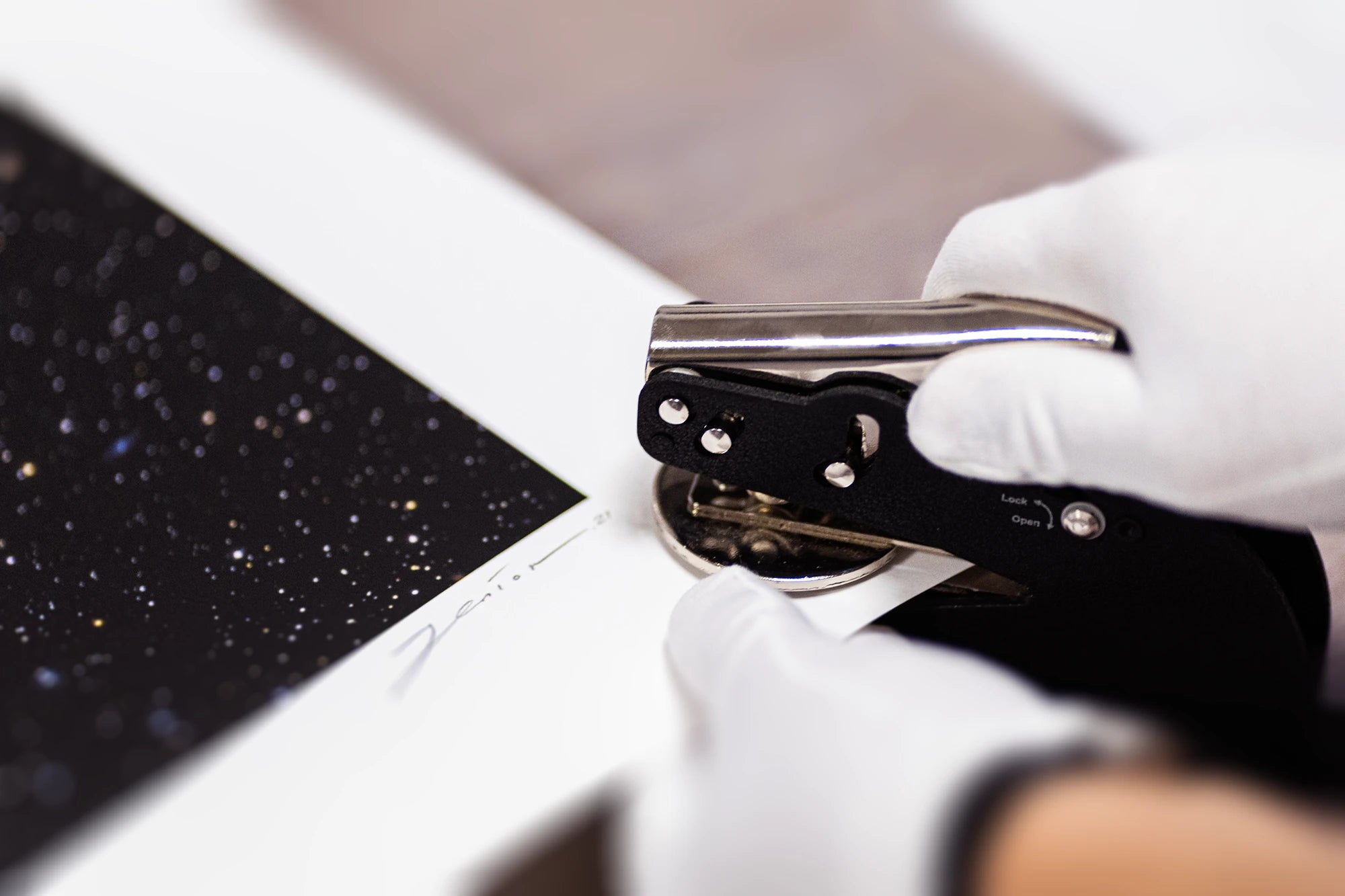
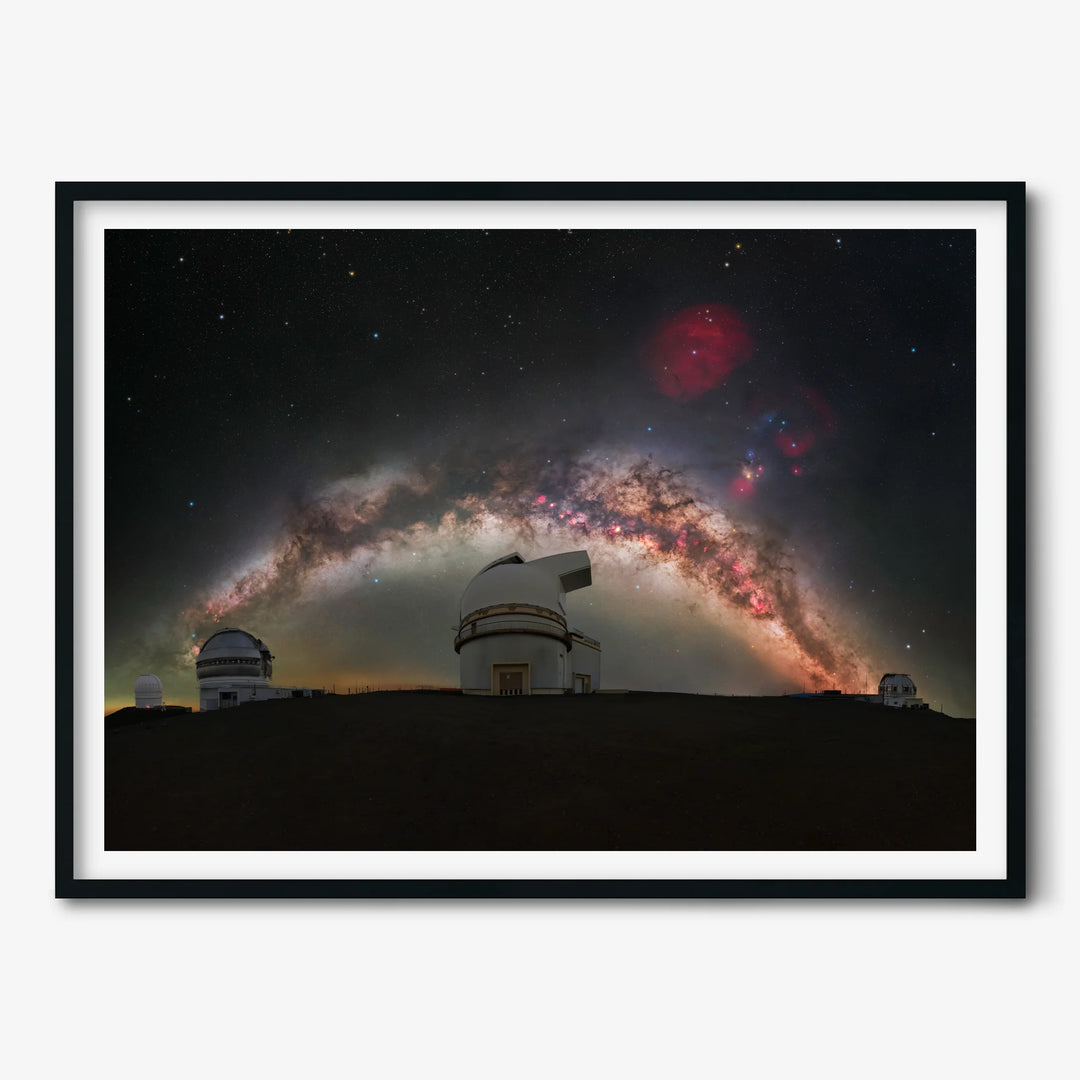
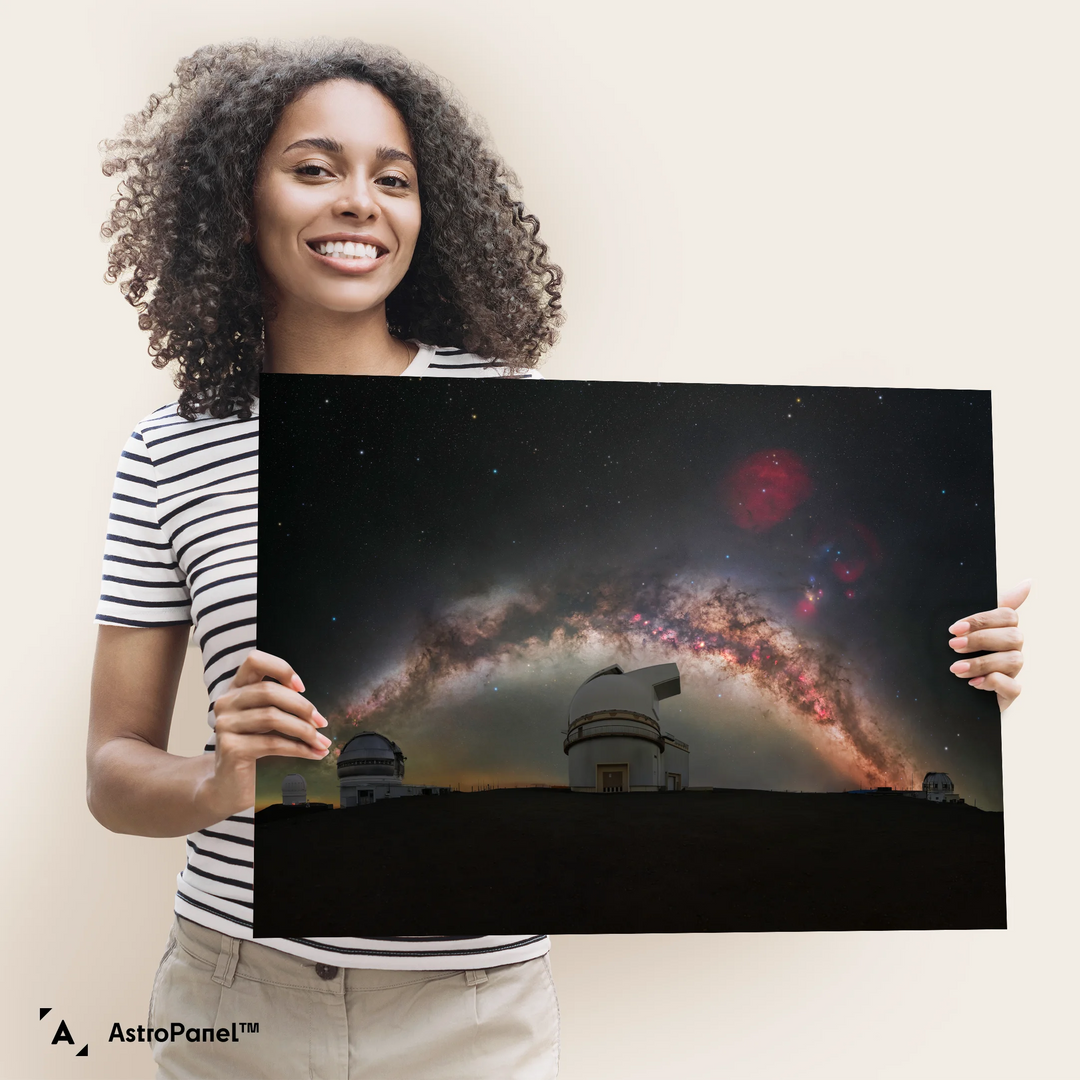
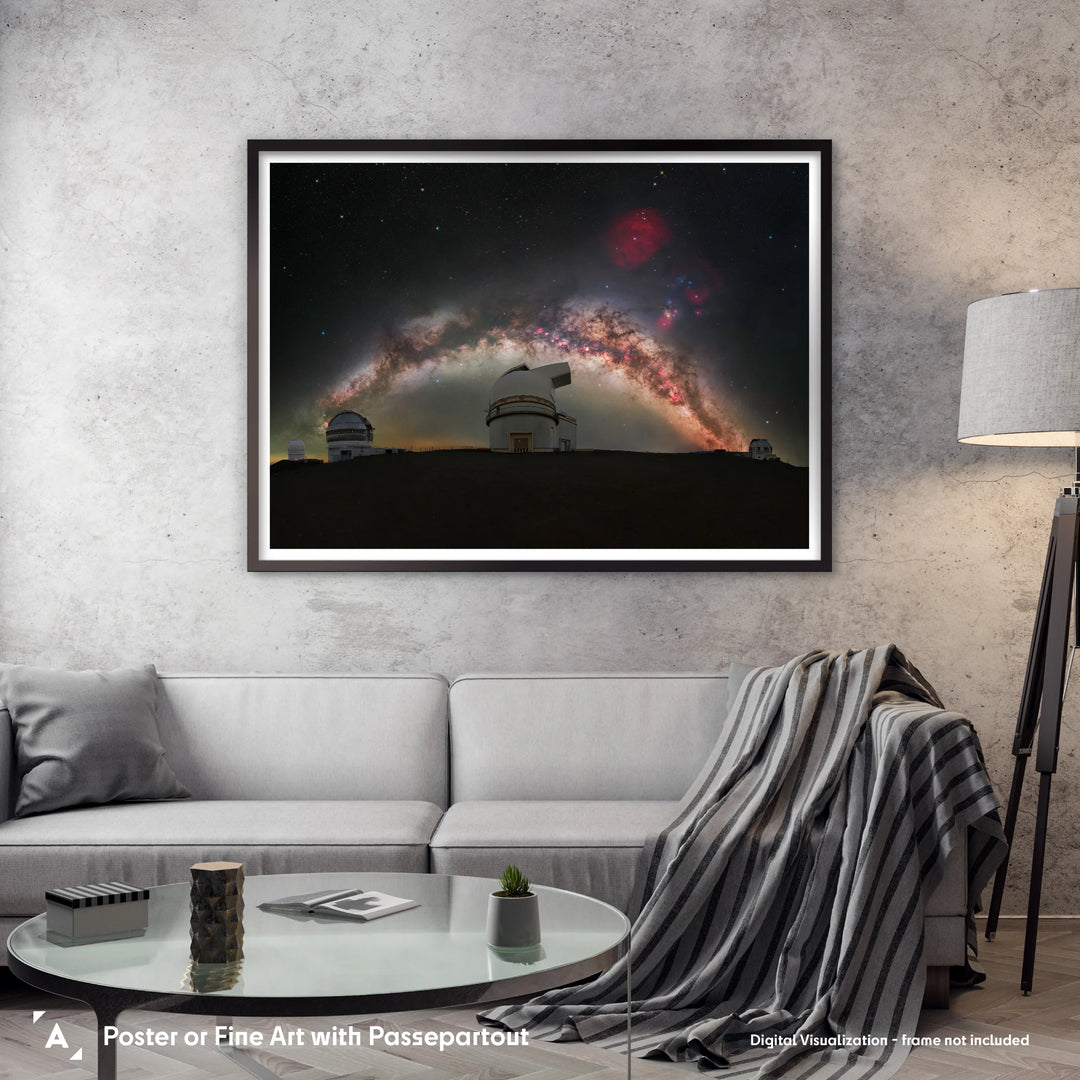
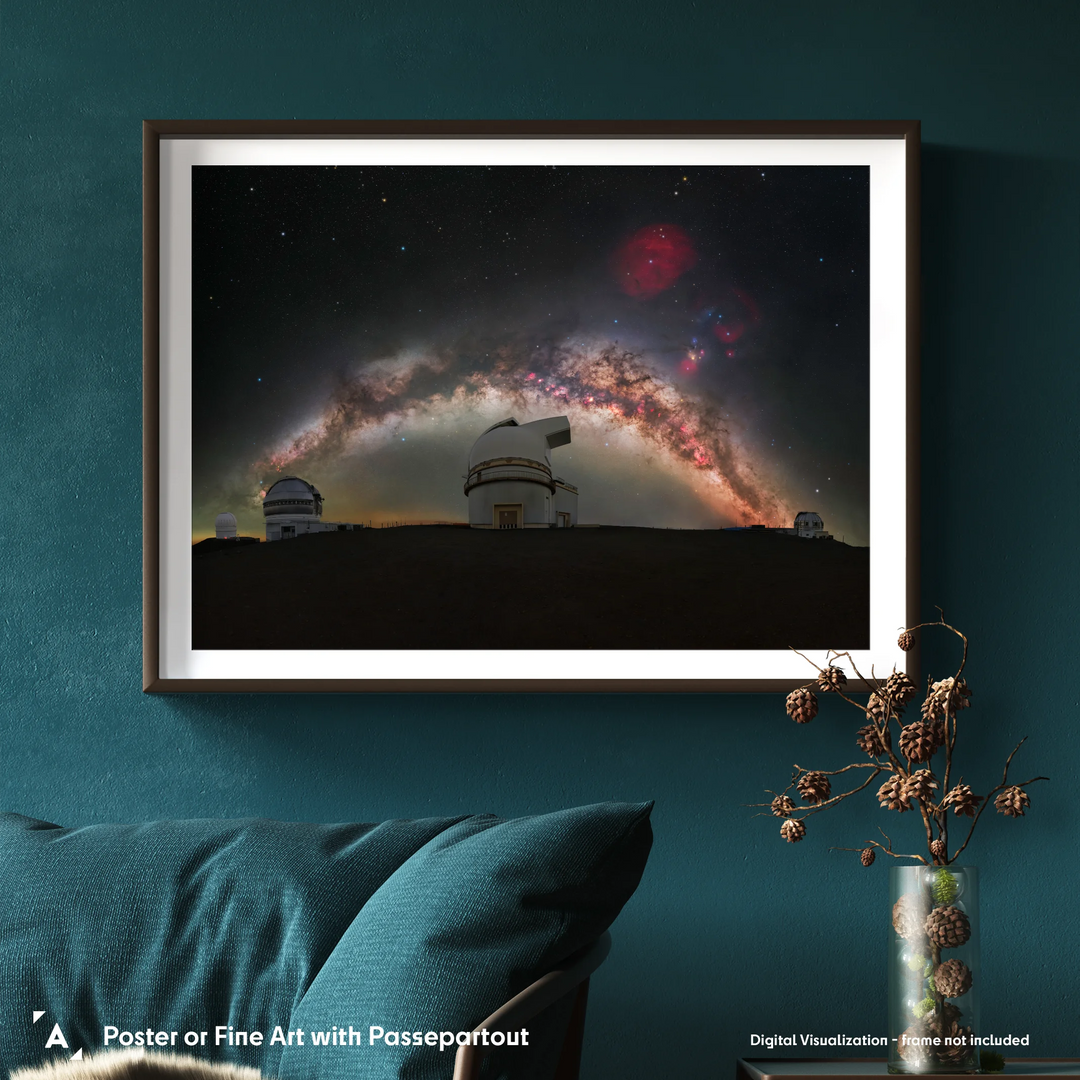
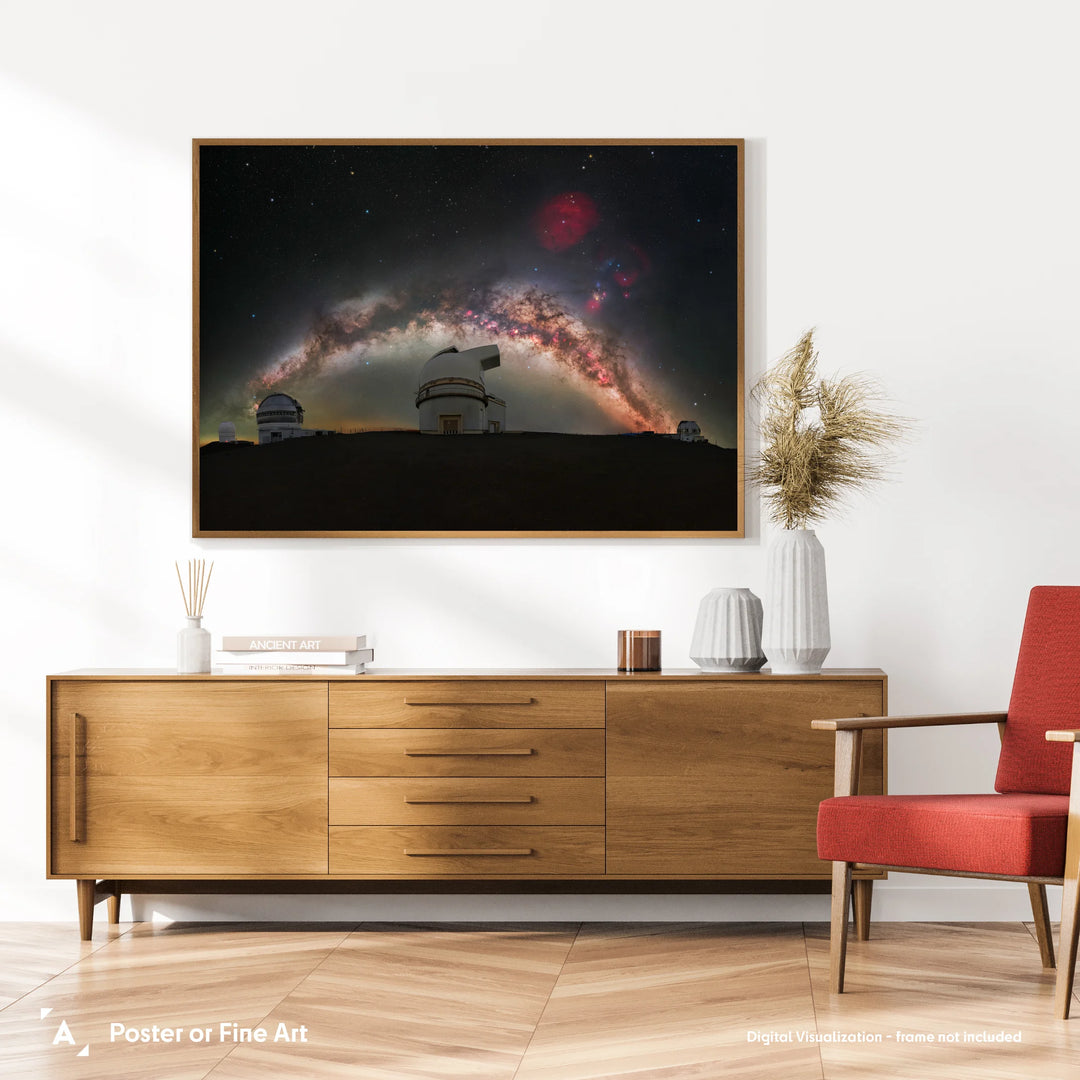
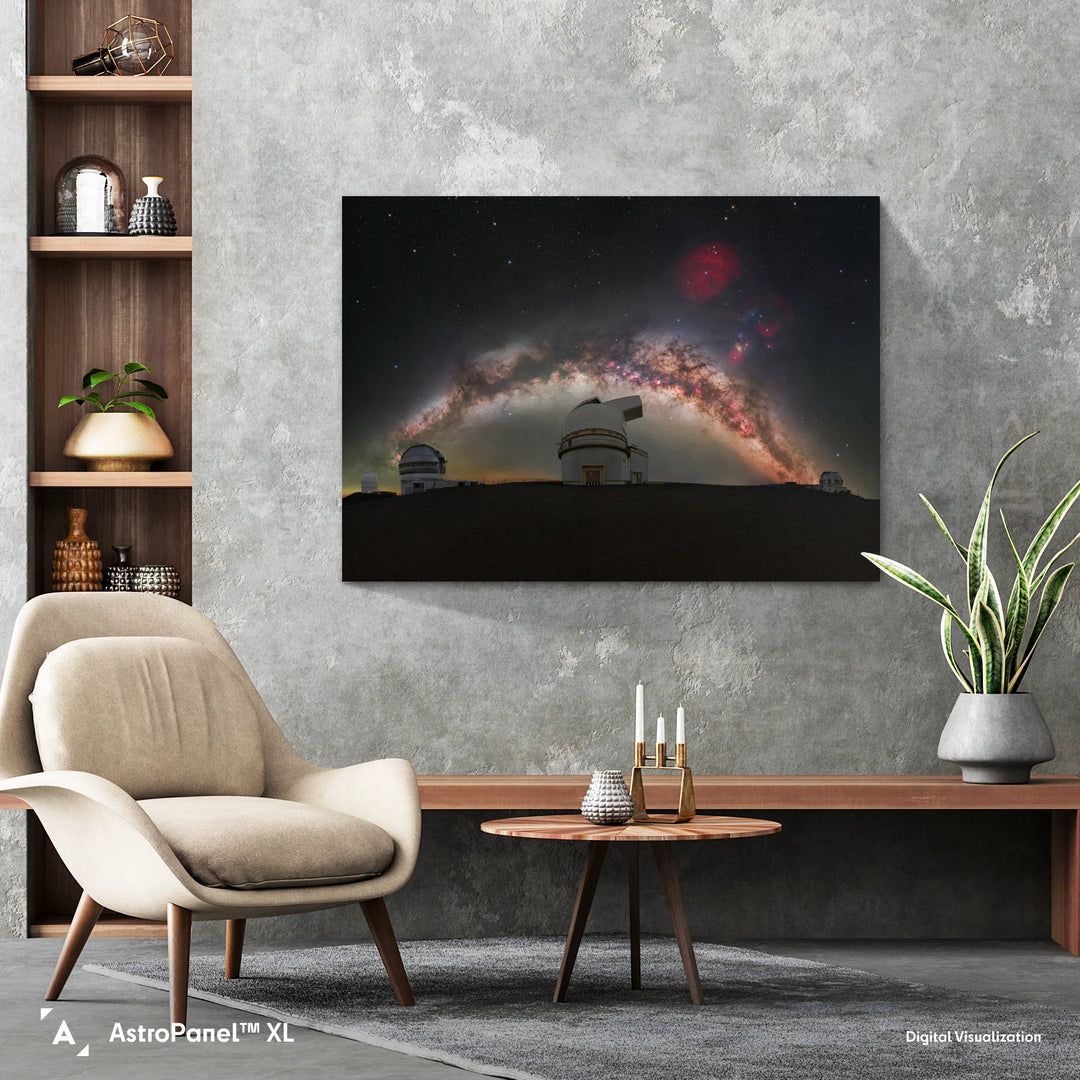
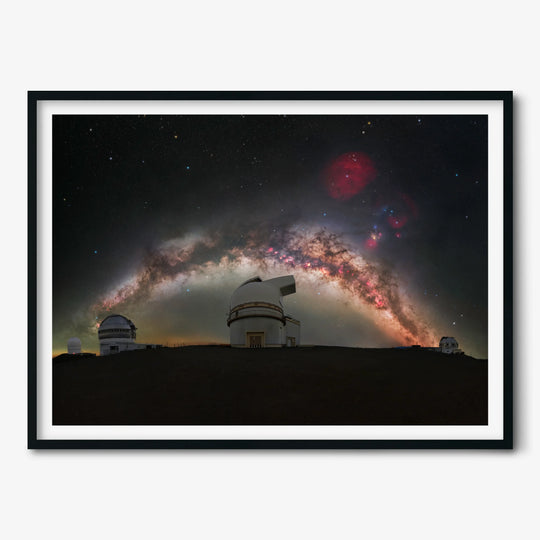
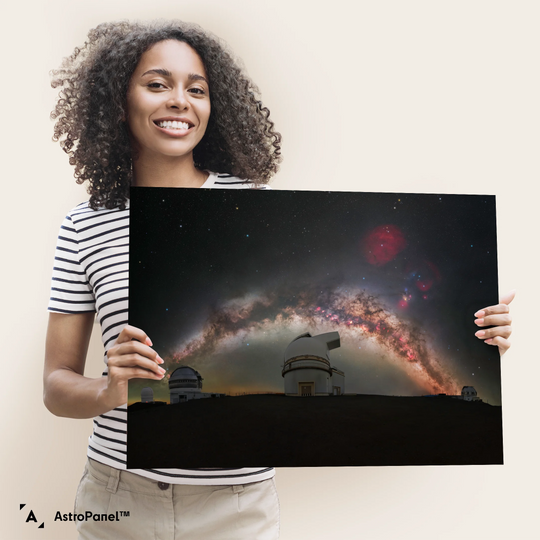
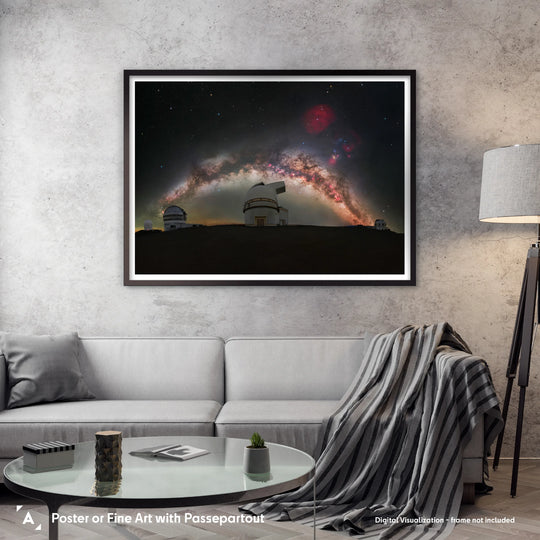
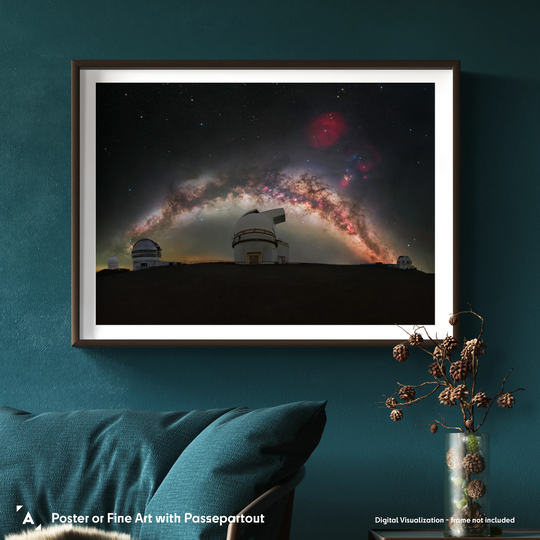
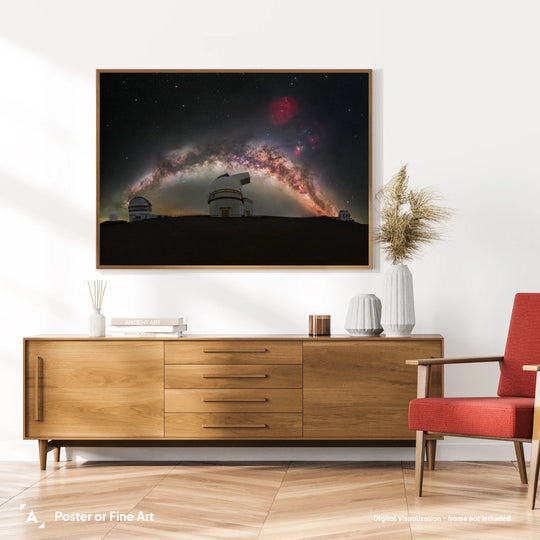
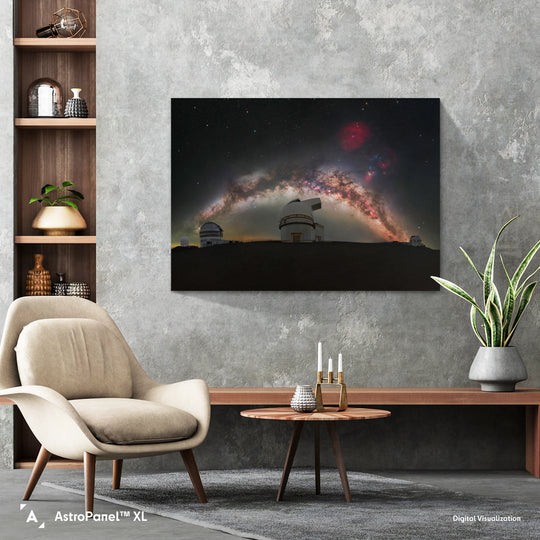




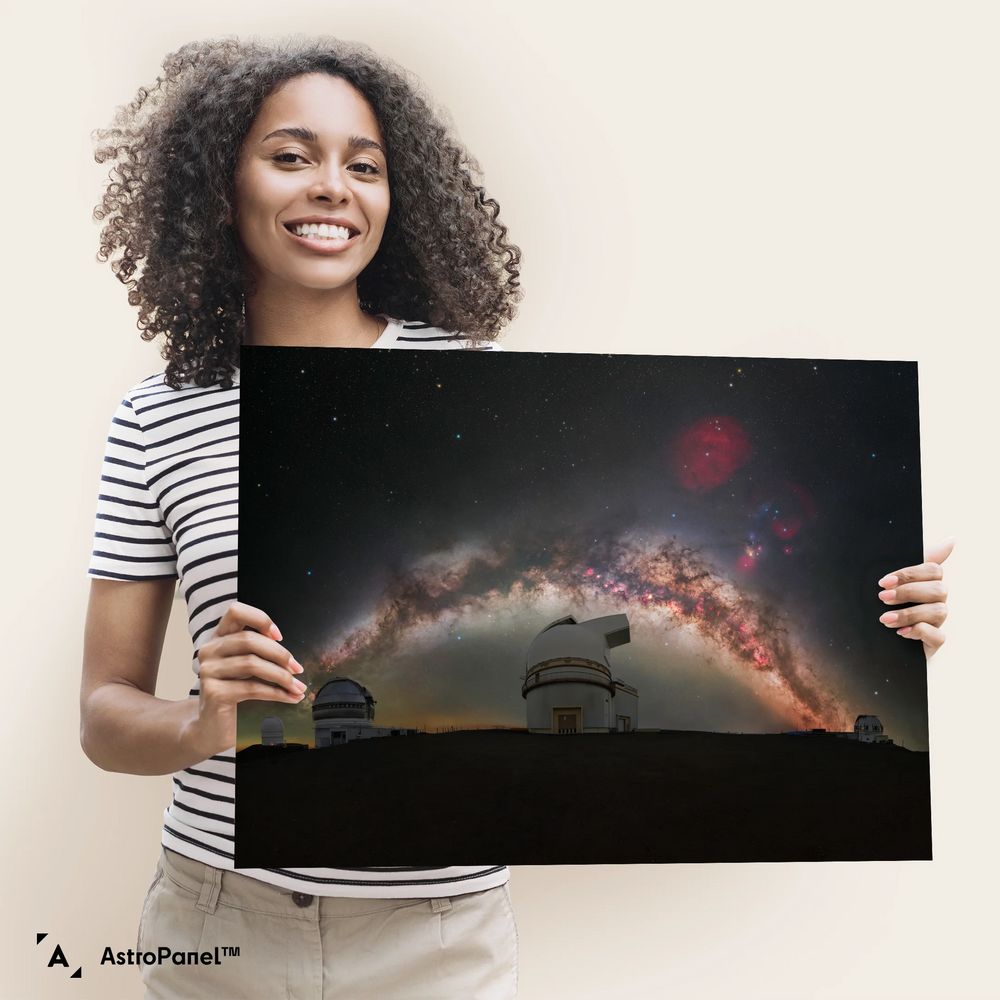
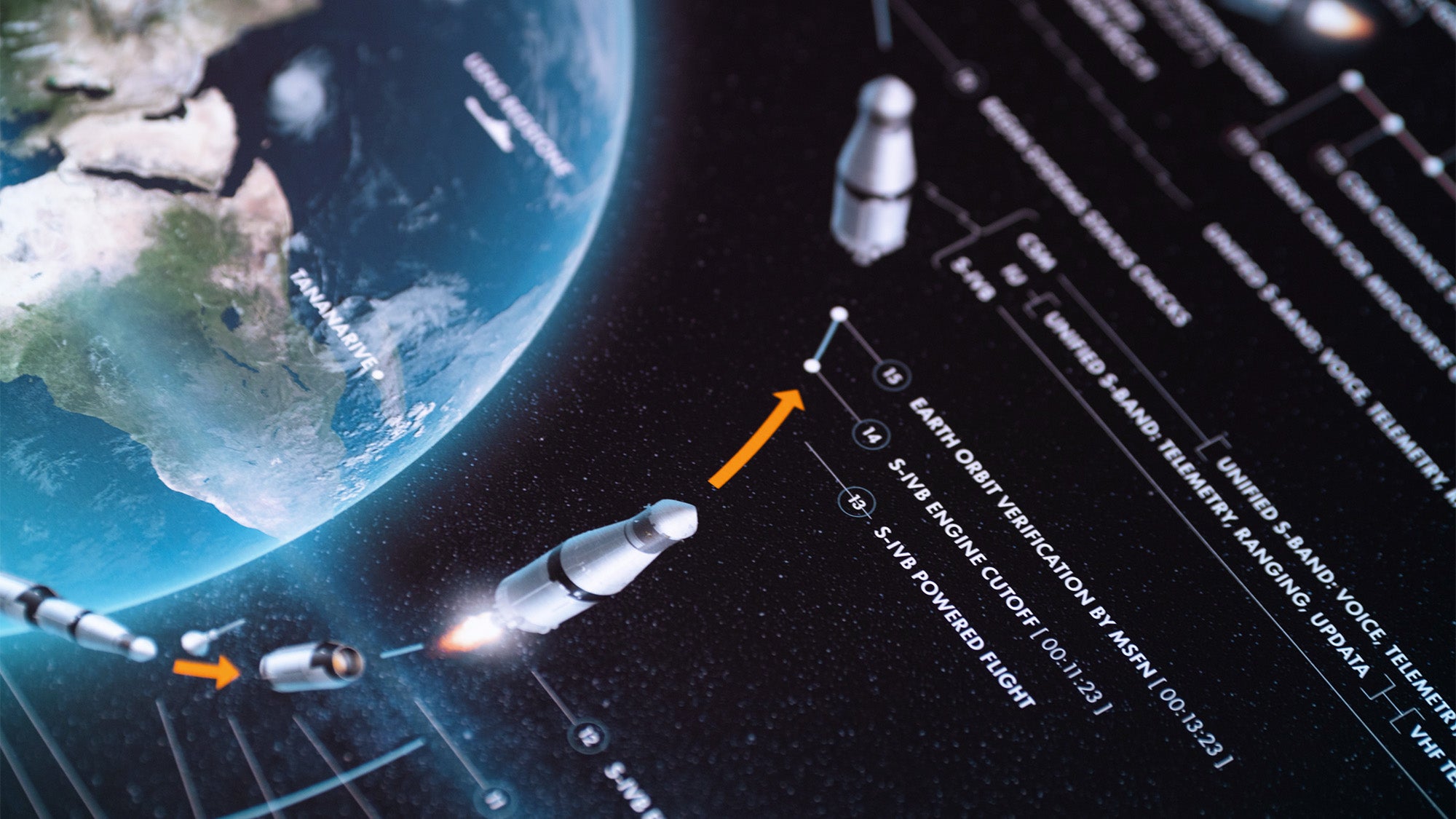
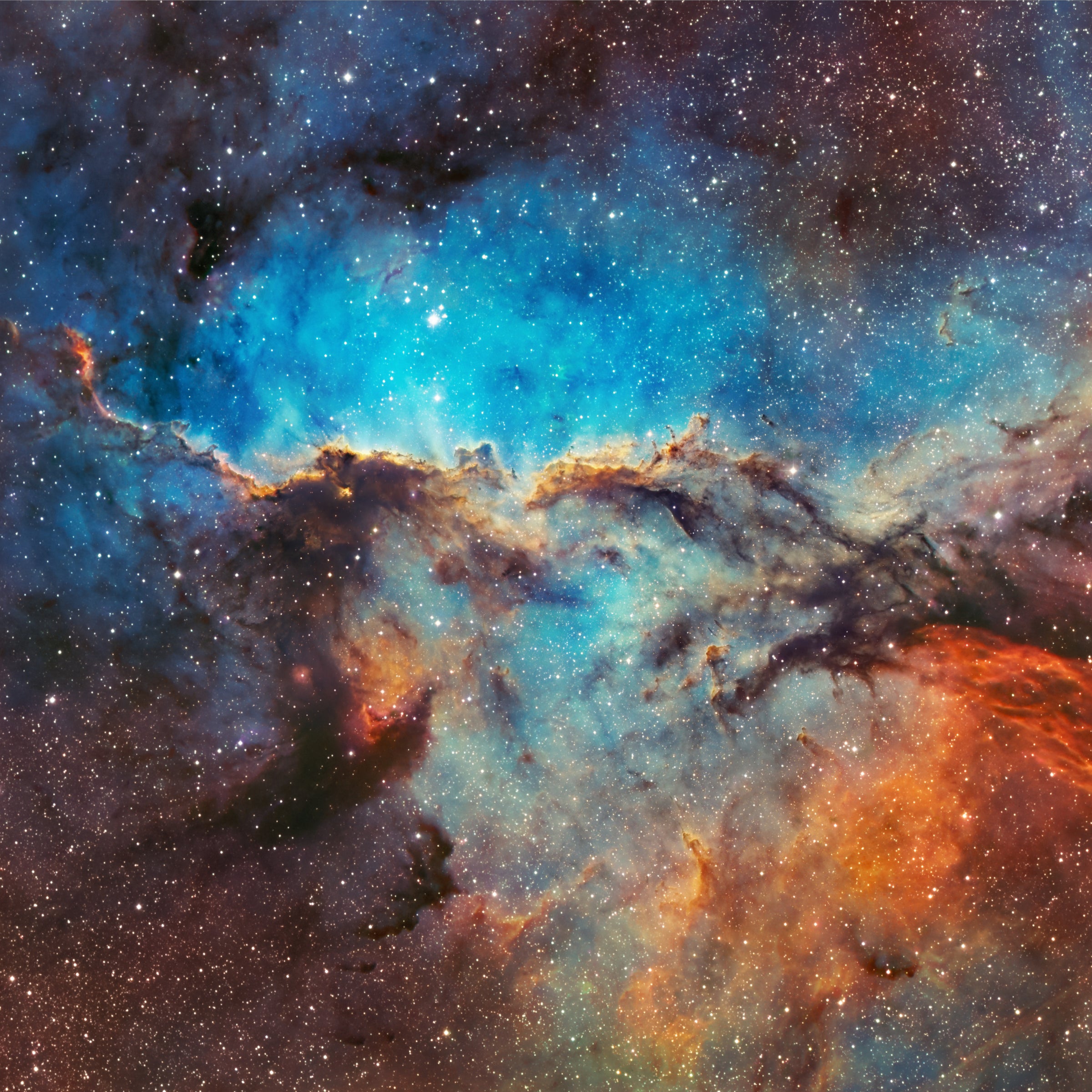
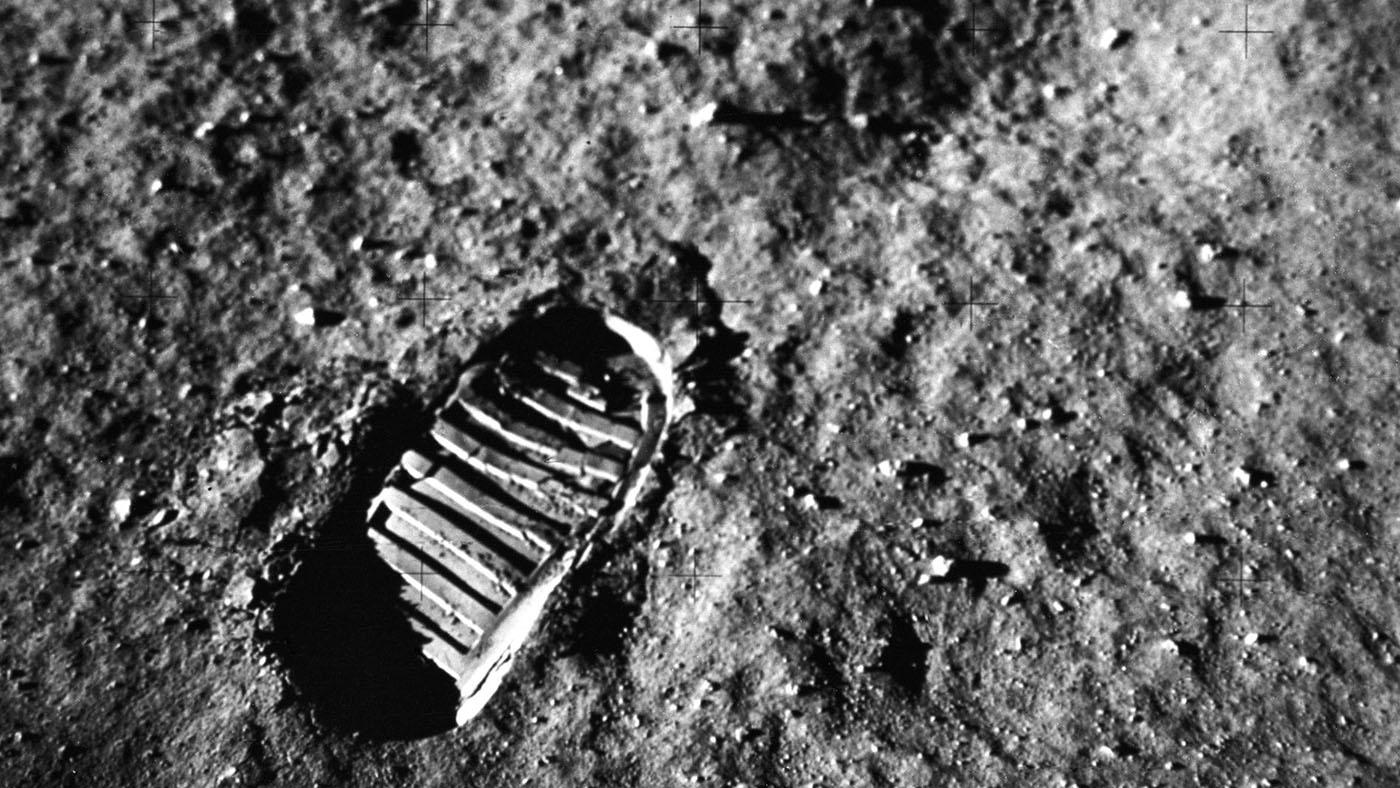
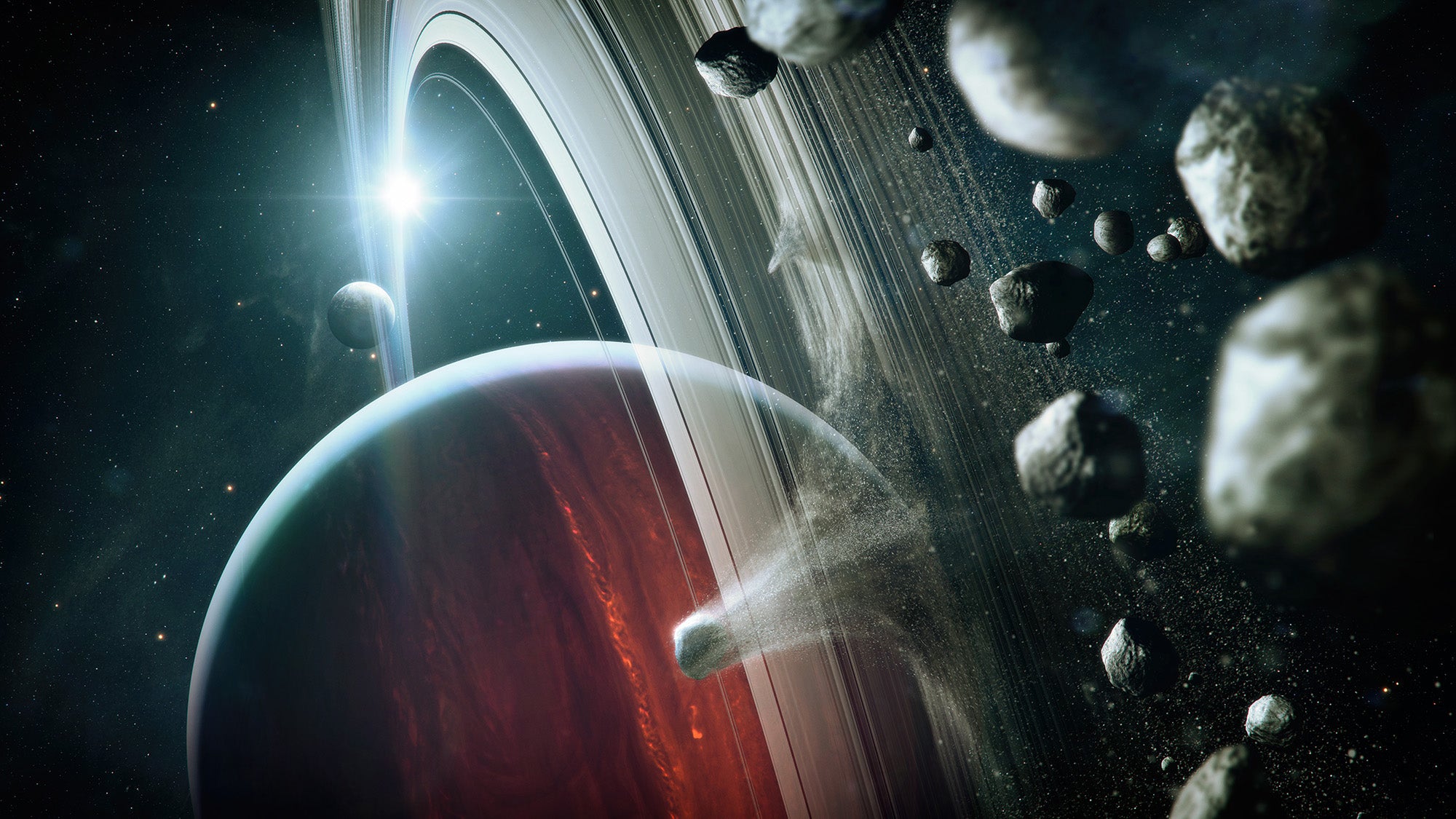
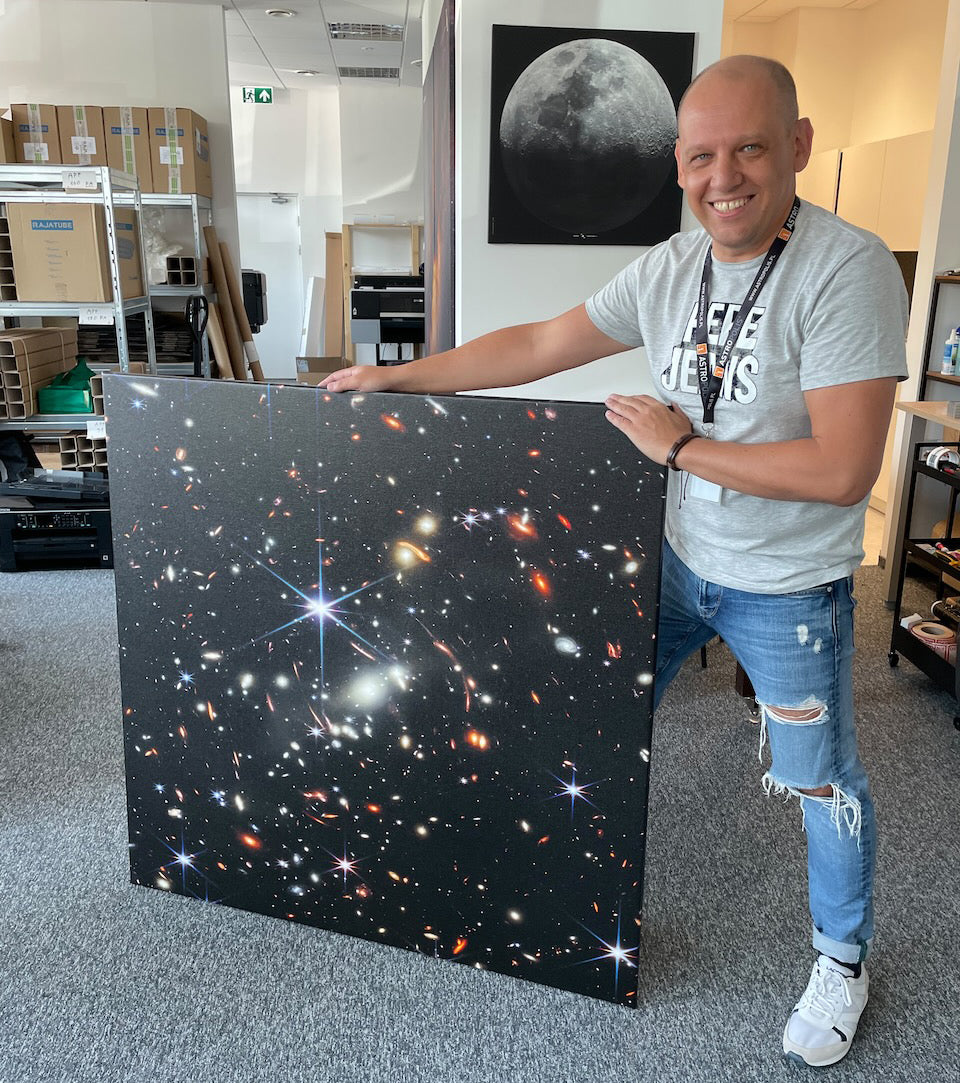
![4 Incredible Space Posters and Wall Art for Man’s Cave [Inspirations]](http://astrography.com/cdn/shop/articles/mans-cave-2-16x9-1_83814d94-574a-4782-a3a0-cf4e59620b81.webp?v=1763116144&width=1080)
